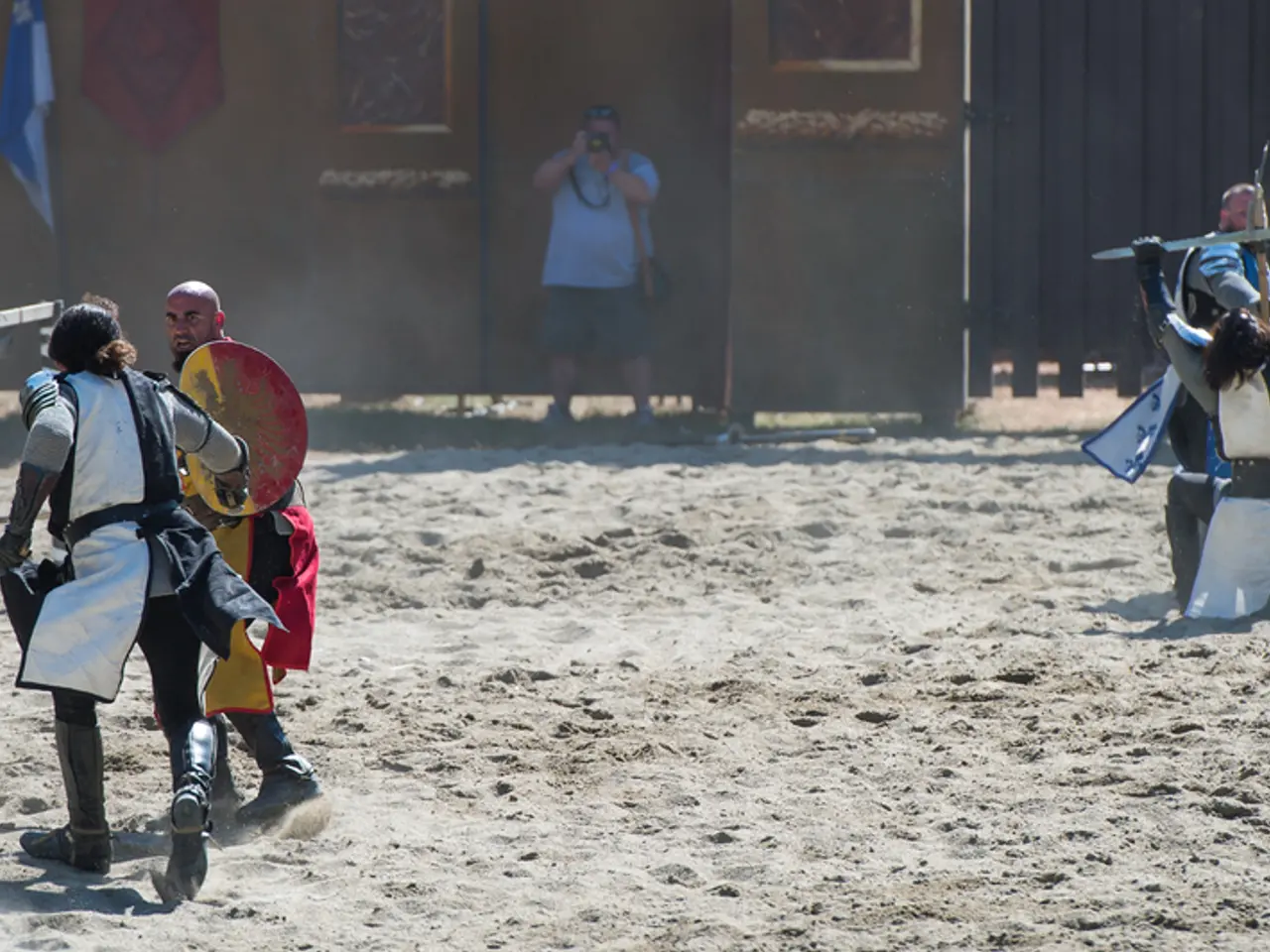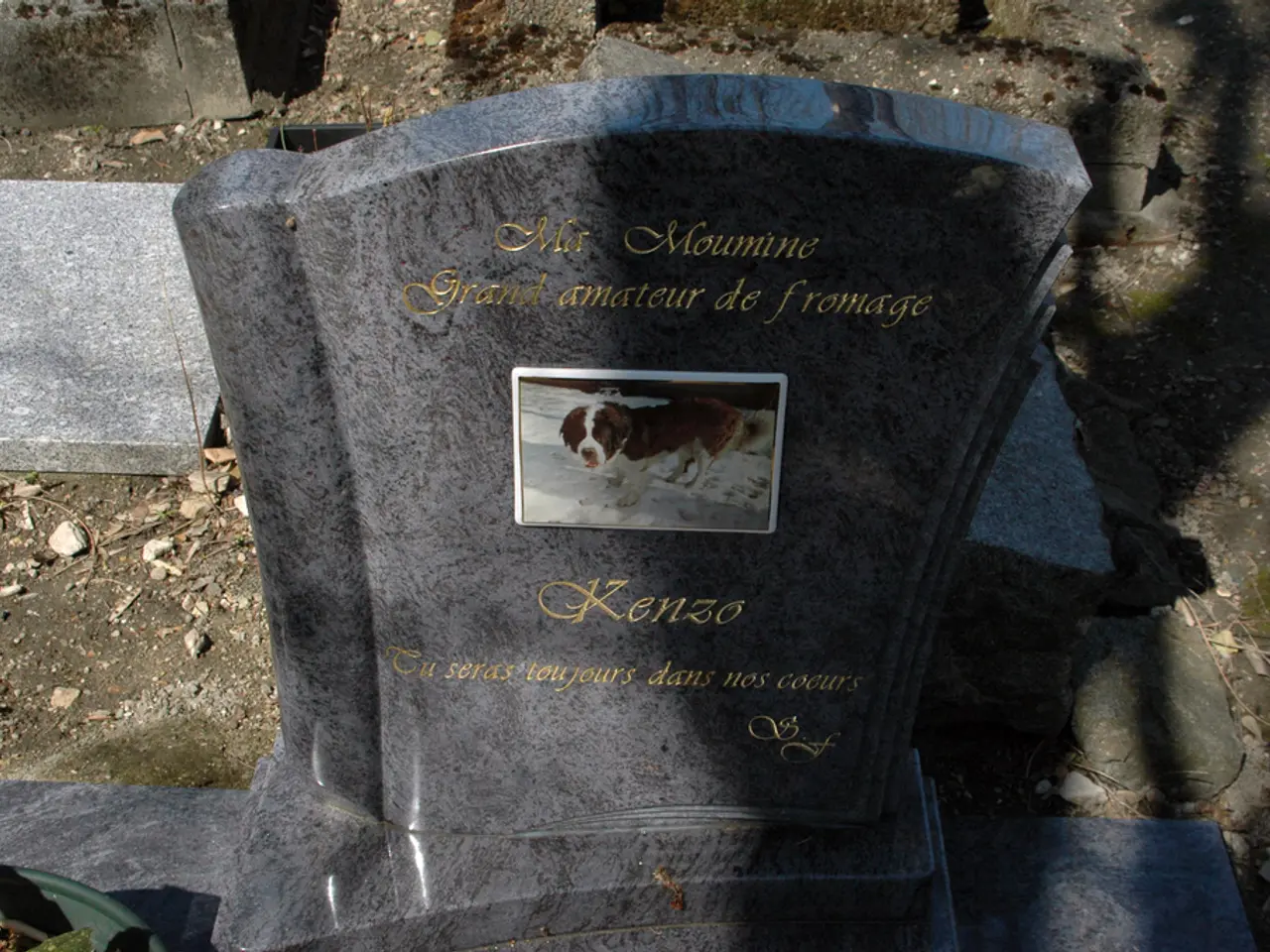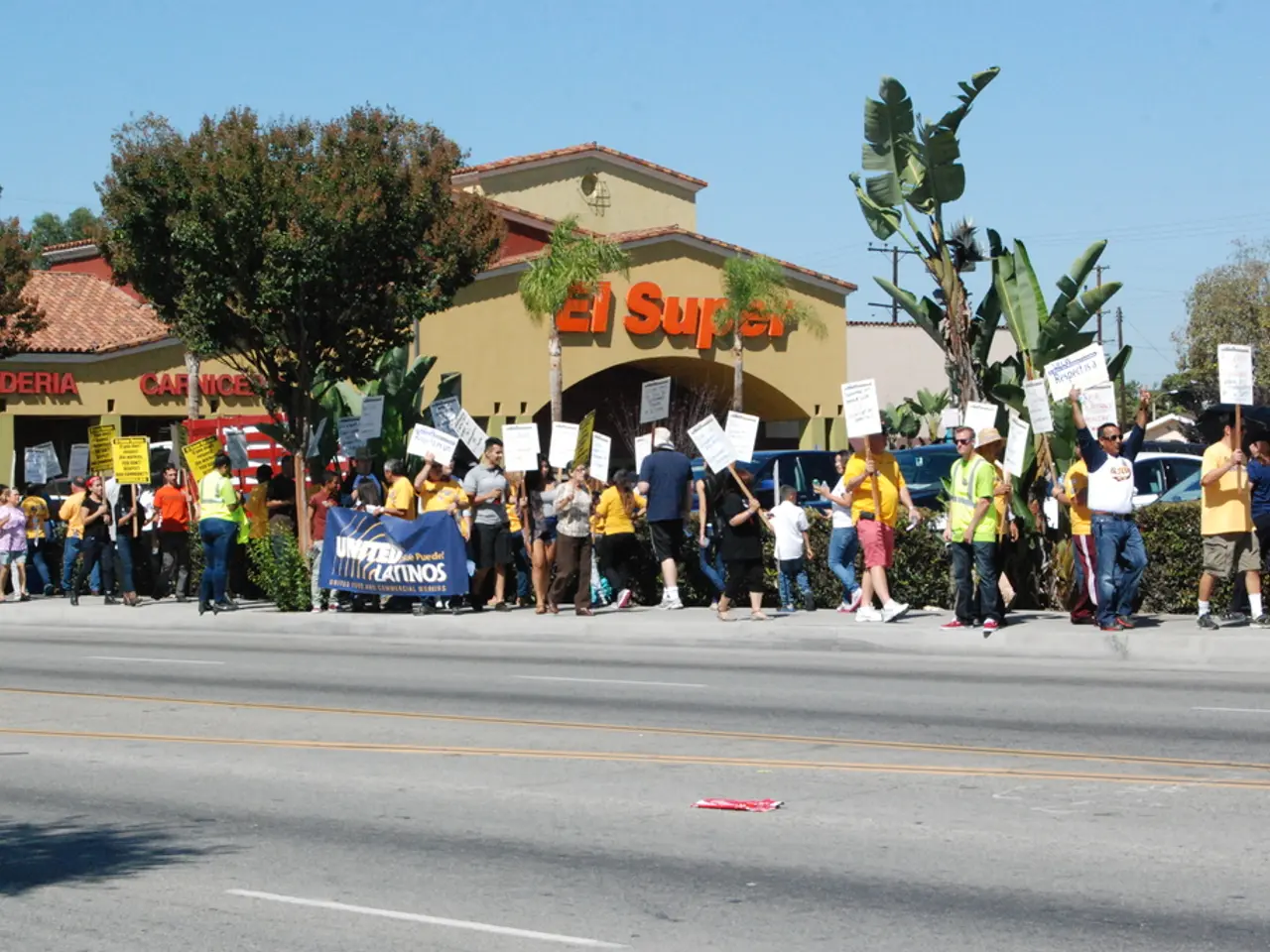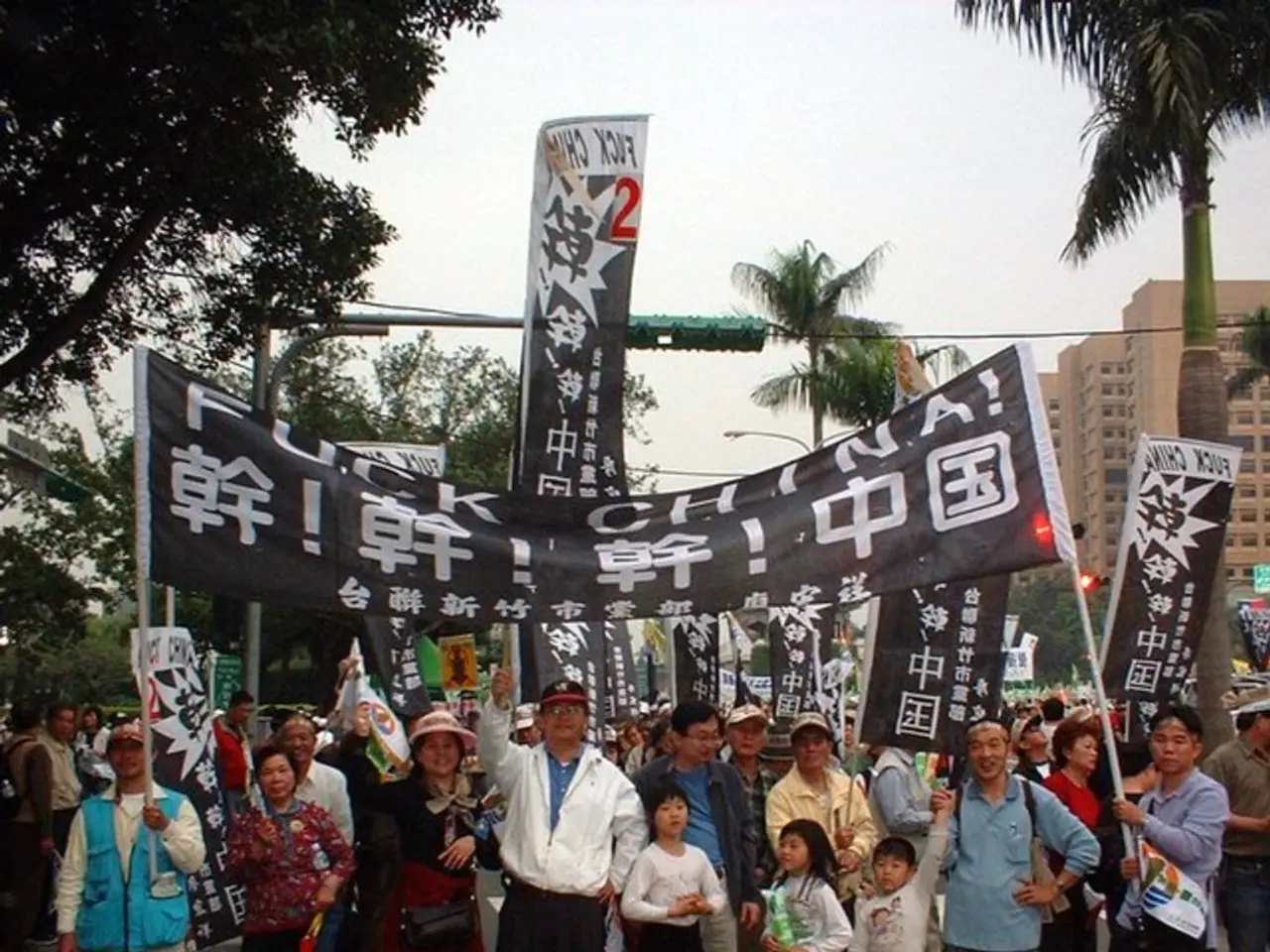intensified Israeli operations in Lebanon could lead to Hezbollah resuming missile attacks against Israel
In a significant development, Lebanon's cabinet has approved a U.S.-backed plan committing to the full disarmament of Hezbollah by the end of 2025 [1][2]. This decision marks a formal government stance towards ending Hezbollah's armed status. However, Hezbollah, the Iran-backed armed faction, has explicitly rejected this disarmament decision [3].
The plan requires the Lebanese government to issue a decree within 15 days confirming this commitment. In parallel, the plan envisions Israeli withdrawal from certain positions in southern Lebanon as part of a comprehensive security arrangement [1][4].
Hezbollah's leader, Kassem, has called the Lebanese cabinet's move a "grave sin" and stated that the group will treat the decree as if it "did not exist" [3]. Hezbollah views the disarmament push as imposed by U.S. envoy diplomacy and believes it "fully serves Israel’s interests" by leaving Lebanon vulnerable without deterrence against Israel [3][4].
Since the war ended, Hezbollah has withdrawn most of its fighters and weapons from the area along the border with Israel south of the Litani river. However, the group has maintained its presence in other parts of Lebanon, and has been accused by Israel of trying to rebuild its military capabilities since the ceasefire [5].
Israel, in the meantime, continues its counterterrorism operations against Hezbollah militants in southern Lebanon. Recently, two Hezbollah operatives were eliminated between late July and early August 2025 [5]. Israeli concerns about Hezbollah's armed presence persist, reflecting a tense security environment.
Kassem has stated that if Israel expands its aggression, Hezbollah, the Lebanese army, and the people will defend, which could lead to the fall of missiles inside Israel [4]. Hezbollah officials have stated that they will not discuss their disarmament until Israel withdraws from five hills it controls inside Lebanon and stops near-daily air strikes [4].
The war, which started a day after the Oct. 7, 2023, Hamas-led attack against Israel from Gaza, left more than 4,000 people dead and caused damage worth $11 billion [6]. The conflict also caused displacement of about 60,000 Israelis, with the five locations in Lebanon providing vantage points or located across from communities in northern Israel [6].
Lebanese President Joseph Aoun has reiterated calls for Hezbollah to give up its weapons, angering the group's leadership [7]. Despite the ongoing tension, the United Nations Interim Force in Lebanon (UNIFIL) has had its mandate extended for stability [1][4].
In summary, while Lebanon’s official position embraces disarmament with international backing, Hezbollah's refusal makes the immediate implementation uncertain, maintaining potential for ongoing tension between Lebanon and Israel.
References: 1. Reuters 2. Al Jazeera 3. The Jerusalem Post 4. Haaretz 5. The Times of Israel 6. CNN 7. France 24
- The U.S.-backed plan for Hezbollah's disarmament, approved by Lebanon's cabinet, is met with rejection by Hezbollah, raising questions about the feasibility of its immediate implementation, given the political sensitivities and ongoing tensions around war-and-conflicts in the region.
- The ongoing dispute over Hezbollah's disarmament not only highlights the complex politics surrounding the issue but also underscores the continuing role of general-news sources in reporting on and analyzing the sensitive turns in the Middle East.







